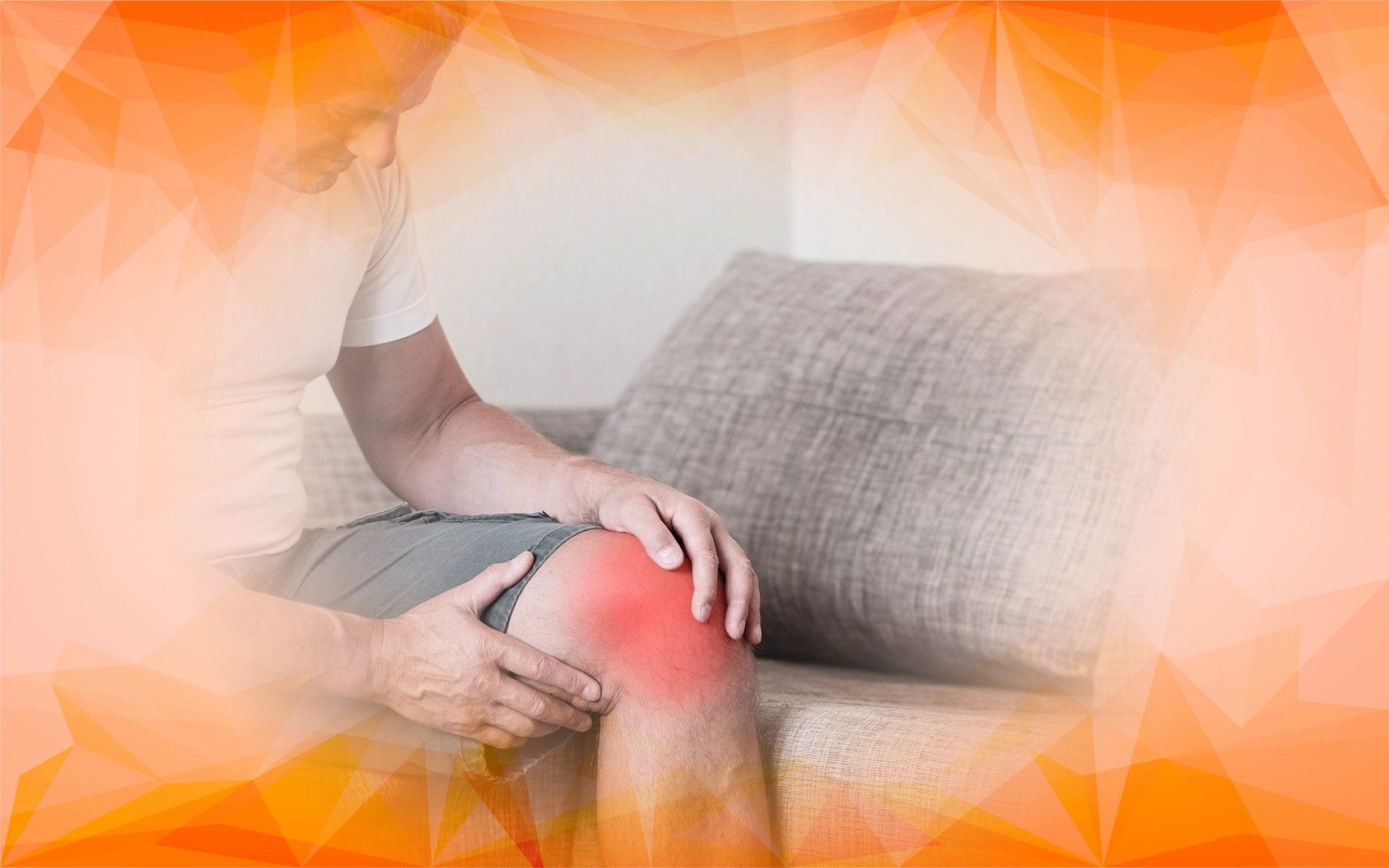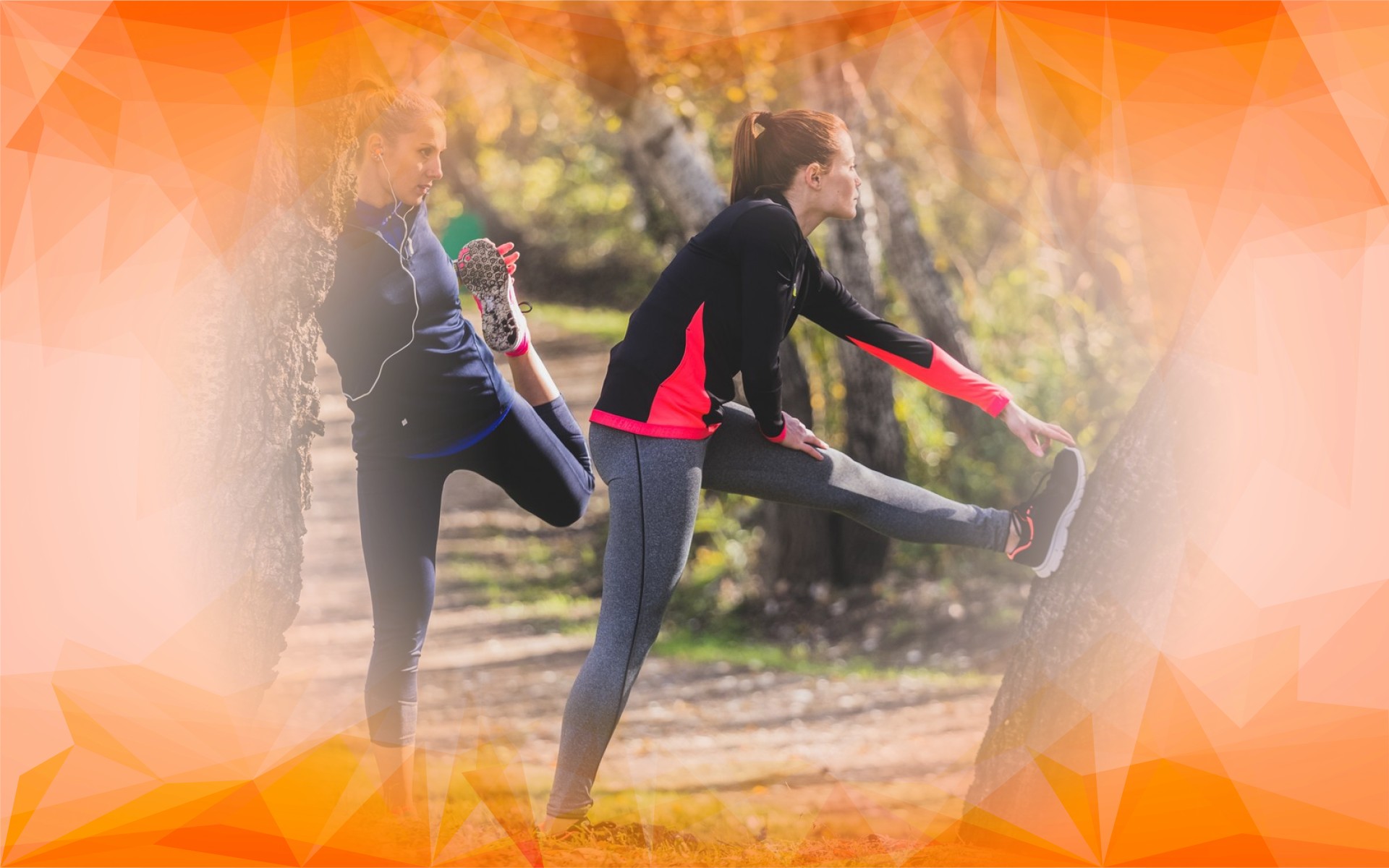Introduction: What Is Knee Osteoarthritis and How Can Physiotherapy Help?
Knee osteoarthritis is a widespread condition that develops when the smooth cartilage cushioning the knee joint gradually breaks down. This wear and tear leads to pain, stiffness, and difficulty with movement—making daily tasks like walking or climbing stairs more challenging. Older adults and people with risk factors such as past knee injuries or being overweight are especially vulnerable.
Physiotherapy plays a key role in managing knee osteoarthritis by supporting healthy knee movement and function. In this article, we’ll explore why spotting and tackling the early mechanical causes of knee osteoarthritis can make a real difference. You’ll learn how targeted physiotherapy can slow the disease’s progress and help you maintain a more active, comfortable lifestyle.
Why Focus on Biomechanics and Early Intervention?
Biomechanics is the study of how forces and movements affect our body’s joints and muscles. In knee osteoarthritis , changes in biomechanics —like muscle weakness or joint misalignment—can trigger or worsen the disease.
Early biomechanical problems can start a damaging cycle. When muscles around the knee are weak or when the joint doesn’t align properly, pressure isn’t spread evenly across the knee . Over time, this added stress wears down the cartilage even faster. Addressing these issues early with targeted physiotherapy can help protect your knees from further harm, improve your symptoms, and may even reduce the likelihood of needing surgery down the road.
Recent research also makes it clear that common conditions like diabetes and cardiovascular disease do not appear to increase your risk of developing knee osteoarthritis , so focusing on biomechanics is especially important for prevention and care.
How Do Biomechanical Problems Affect the Knee?
Healthy knees depend on a delicate balance of muscles, bones, and ligaments to move freely and support you. When that balance is thrown off, certain areas of the knee may carry more weight and stress than they should, leading to cartilage breakdown .
For instance, misalignments such as bowed legs (varus) or knock knees (valgus) shift pressure unevenly across the knee. Muscle weakness, especially in the quadriceps at the front of your thigh, can cause instability. This instability alters your walking pattern, putting even more strain on the knee—just like how a car with poor wheel alignment wears out its tires faster on one side.
These mechanical issues often feed into a cycle: instability leads to joint damage , and that damage creates even more instability. This is why exercises to strengthen and support the knee, which can often be done at home, are so crucial for managing and slowing the progression of osteoarthritis.
What Does Research Tell Us About These Mechanical Issues?
Scientific studies consistently show that weaker knee muscles increase the risk of developing osteoarthritis . Strong muscles work like shock absorbers, easing the stress on your joints and helping prevent damage.
Research also highlights that certain walking patterns—particularly those that put extra pressure on the inside of the knee —are linked to worse osteoarthritis symptoms. Early biomechanical assessments can spot these risk factors before major joint damage takes place. By measuring muscle strength and analyzing how your knee moves , physiotherapists can tailor exercises to address your unique needs and help preserve your joint health.
The Importance of Early Detection and Tailored Treatment
Identifying mechanical issues early gives you the best chance to slow down or even prevent further joint damage. Small changes in how your knee moves or how the muscles are working can be early signs that physiotherapy might help.
Physiotherapy treatment plans are carefully customized to improve knee stability , build muscle, and correct harmful movement patterns. It’s also important to avoid activities that overload the knee , such as running on hard surfaces, especially if they worsen symptoms.
By focusing on the right balance of exercises that both protect the knee and strengthen it, you can manage osteoarthritis more effectively and continue to enjoy an active lifestyle.
How Physiotherapy Helps: Practical Strategies
Physiotherapists use a range of approaches to help people with early knee osteoarthritis , including:
- Strengthening exercises : Focusing on key muscles around the knee —like the quadriceps and hamstrings—to boost support and stability. Stronger muscles reduce strain on the joint and slow wear and tear.
- Balance and coordination training: By improving how your nerves and muscles work together, you can move more confidently and reduce the risk of falls or new injuries .
- Manual therapy : Hands-on techniques to ease pain, improve mobility, and optimize joint function.
Used together, these strategies can ease discomfort, restore your ability to move, and help protect your knees from further damage.
Using Physiopedia for Reliable, Evidence-Based Information
Physiopedia is a trusted, up-to-date resource that combines the latest research with clear, practical advice for managing knee osteoarthritis . You’ll find understandable guides to biomechanics, exercise routines, and assessment tips—making it a valuable tool for both healthcare professionals and patients.
Access to this kind of reliable information supports better treatment decisions and empowers you to take an active role in your care.
Conclusion: Act Early to Protect Your Knees
In summary, biomechanics play a central role in the development and progression of knee osteoarthritis . Spotting and addressing mechanical issues early through physiotherapy can make a real difference in your comfort, mobility, and joint health .
Working with a physiotherapist and using high-quality resources like Physiopedia can help you create an exercise plan tailored to your needs. If you or someone you care for is affected by knee osteoarthritis , considering early biomechanical intervention is a smart move toward staying active and living well.
References
Magnusson, K., Kumm, J., Turkiewicz, A., & Englund, M. (2018). Early knee osteoarthritis or healthy ageing?. Osteoarthritis and Cartilage, 26, S222-S223. https://doi.org/10.1016/j.joca.2018.02.468
Kuusalo, L., Felson, D. T., Wang, N., Lewis, C. E., Torner, J. C., Nevitt, M. C., & Neogi, T. (2021). Metabolic osteoarthritis – relation of diabetes and cardiovascular disease with knee osteoarthritis. Osteoarthritis and Cartilage, 29(2), 230-234. https://doi.org/10.1016/j.joca.2020.09.010
Messier, S. P., Beavers, D. P., Herman, C., Hunter, D. J., & DeVita, P. (2016). Are unilateral and bilateral knee osteoarthritis patients unique subsets of knee osteoarthritis? A biomechanical perspective. Osteoarthritis and Cartilage, 24(5), 807-813. https://doi.org/10.1016/j.joca.2015.12.005




